Ercole Spada: the legendary car designer behind iconic Zagato creations
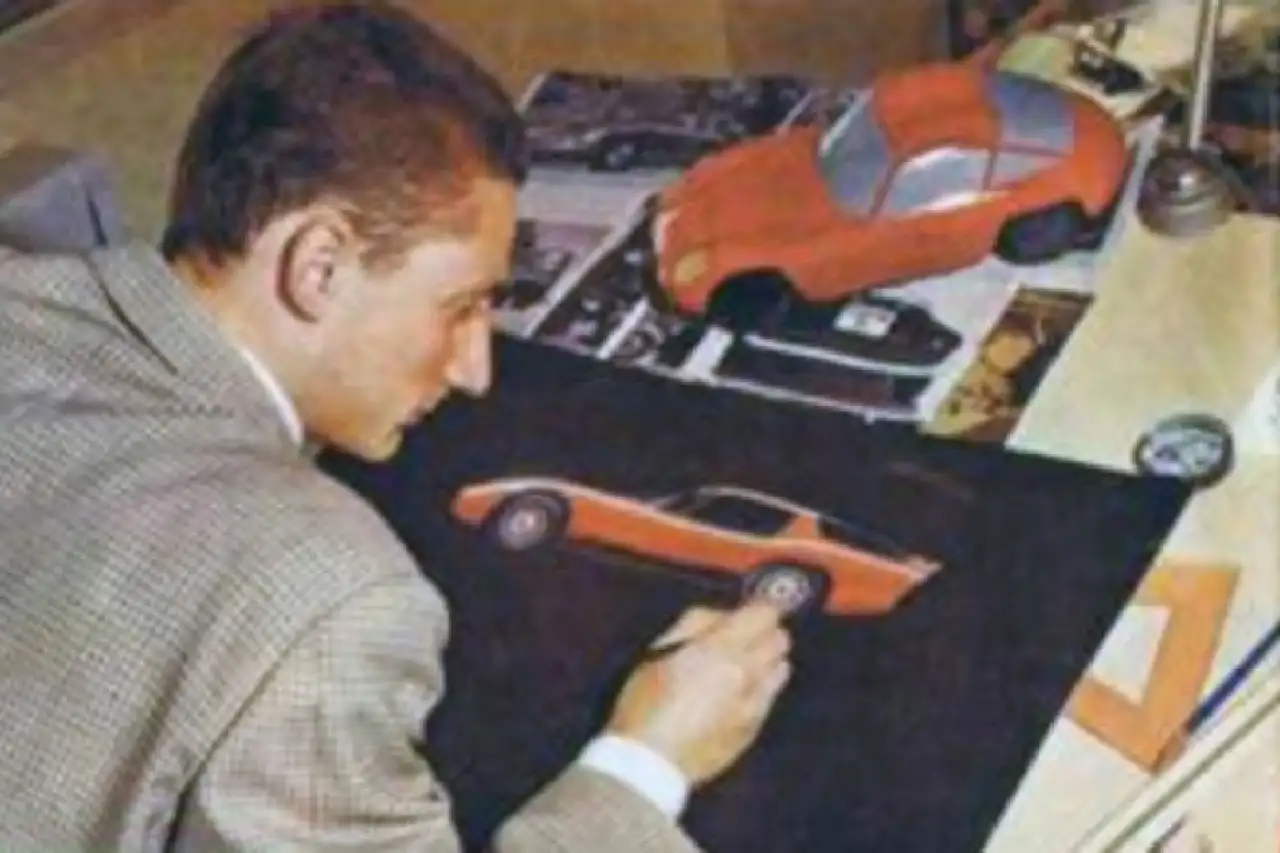
The automotive world has lost one of its most influential yet understated design legends. Ercole Spada, the Italian maestro whose pen shaped some of the most beautiful and innovative cars of the 20th century, passed away on August 3 at the age of 88. Though his name may not be as instantly recognizable as Giorgetto Giugiaro or Marcello Gandini, Spada’s work-ranging from the Aston Martin DB4 GT Zagato to the BMW E32 7 Series-cemented his legacy as a true visionary.
From Zagato’s Rookie to Overnight Legend
Spada’s career began almost by accident. In 1960, at just 22 years old, he walked into Zagato’s Milan headquarters with a simple job application-something the coachbuilder had never received before. "They were curious," Spada later recalled. "They built cars, but they didn’t really design them."
Within months, the young draftsman was handed three projects: the Bristol 406 GT Zagato, the OSCA 1600 GT, and the Aston Martin DB4 GT Zagato. The latter remains one of the most coveted classic cars in history, though Spada himself was characteristically modest about it. "I just drew what I thought a sports car should look like," he said. Surprisingly, he was prouder of the Daihatsu Move, a humble city car he designed decades later: "It exceeded every requirement."
The Birth of "Mister Codatronca"
Spada’s most radical contribution to automotive aerodynamics came in 1961 with the Alfa Romeo Giulietta SZ "Codatronca" (short-tail). Testing revealed that its abrupt, Kamm-inspired rear end made the car 16 seconds faster per lap and boosted top speed by 20 km/h. "We thought the stopwatch was broken," Spada laughed. The nickname "Mister Codatronca" stuck for life.
BMW, Fiat, and the Methodical Approach
After Zagato, Spada moved to BMW in the early 1980s, where he refined the E28 5 Series and penned the E32 7 Series. His initial sketches featured headlights behind glass-a design later seen on the E36 and E38-but BMW opted for traditional round lamps. "I still think my version was more modern," he mused.
Tragedy struck when his son, Andrea, fell seriously ill (and later passed away), forcing Spada to leave BMW prematurely. He returned to Italy, joining I.DE.A Institute, where he masterminded the Fiat Tipo-a groundbreaking modular platform shared with the Lancia Delta, Alfa Romeo 155, and others. Fiat’s boss wanted badge-engineered clones, but Spada refused: "An Alfa must have its own soul. You can’t just swap logos."
A Legacy of Beauty and Wit
Spada’s designs were bold, but his humor was sharper. He hated the name "Lancia Dedra" ("It sounds like ‘dead rat’ in English!") and once joked that the white Fiat Tipo resembled a "refrigerator." Yet his passion never faded. In 2008, he and his son Paolo revived the Codatronca name with a Corvette-based supercar.
Farewell to a Master
Tributes poured in after his passing. Bart Lenaerts, his biographer, called him "an icon and a truly extraordinary man." Walter de’Silva, another design legend, hailed him as "one of the greats of his generation."
Spada’s career spanned six decades, yet he remained humble. When asked if he ever topped the DB4 Zagato, he grinned: "Maybe not. But I never stopped trying."
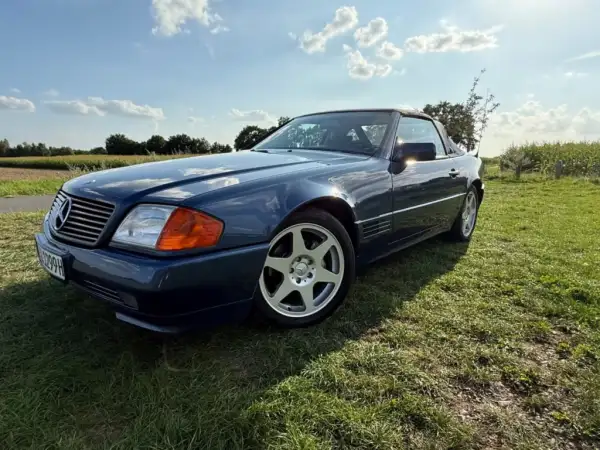
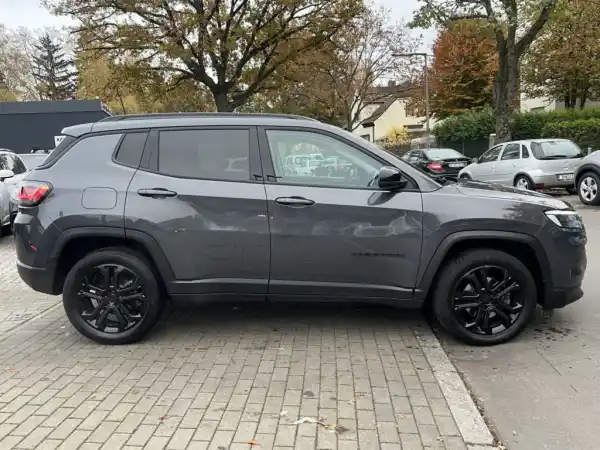
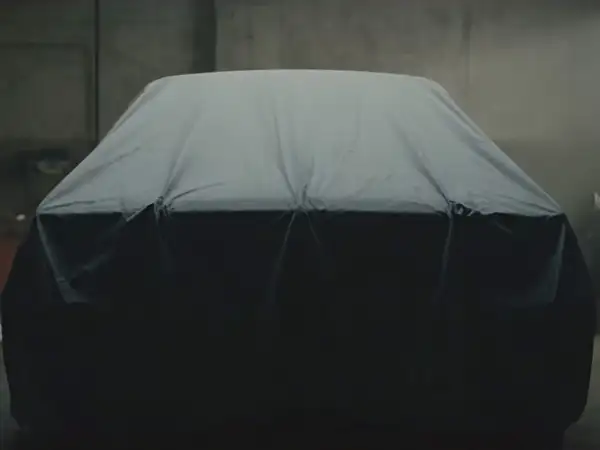
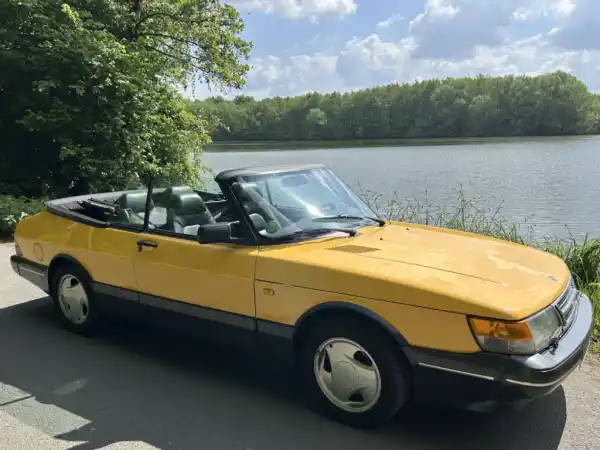
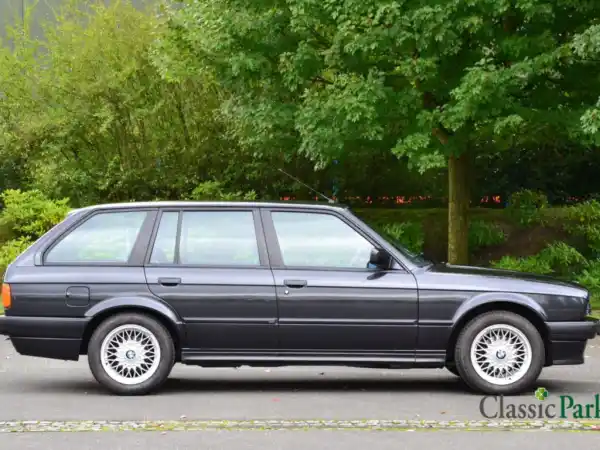
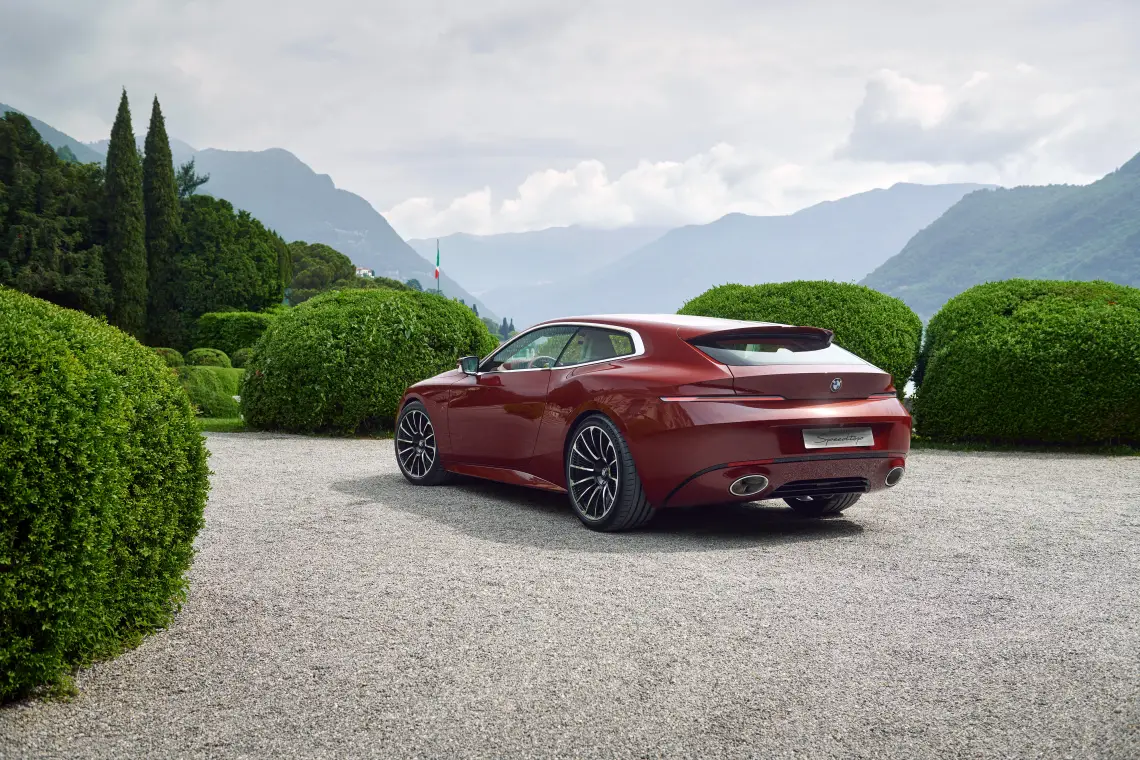
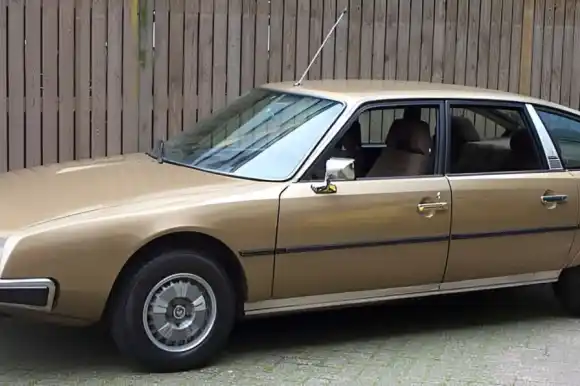
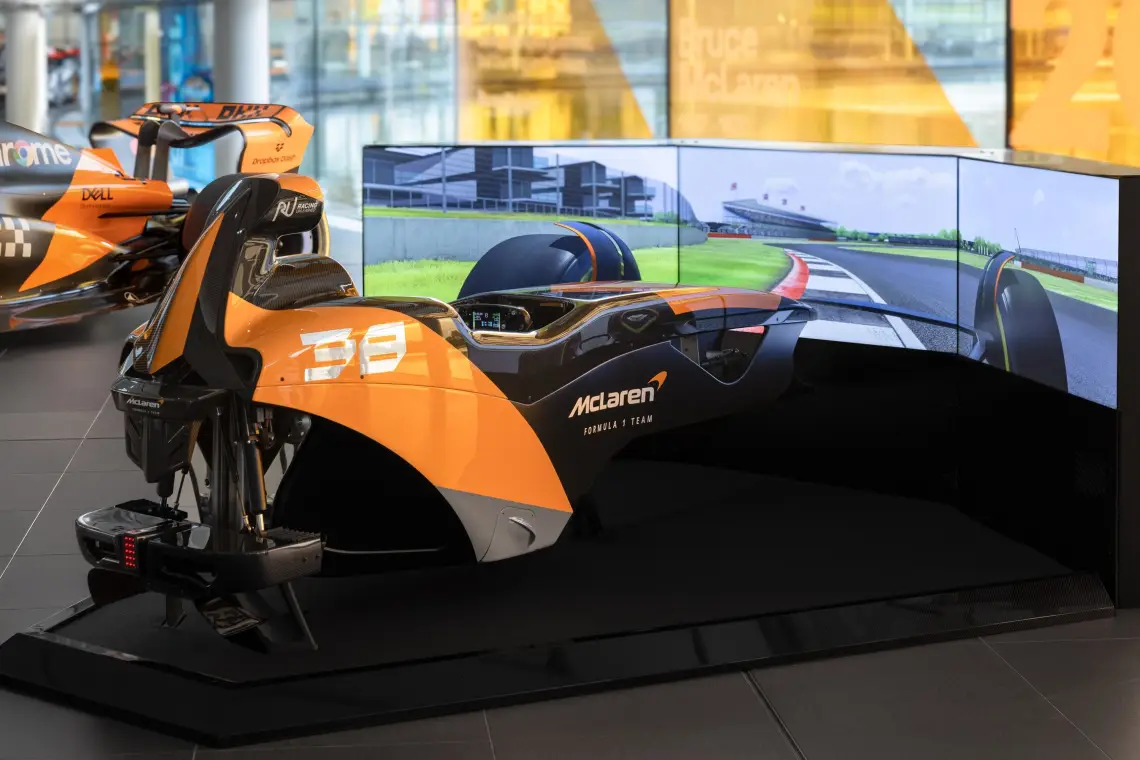
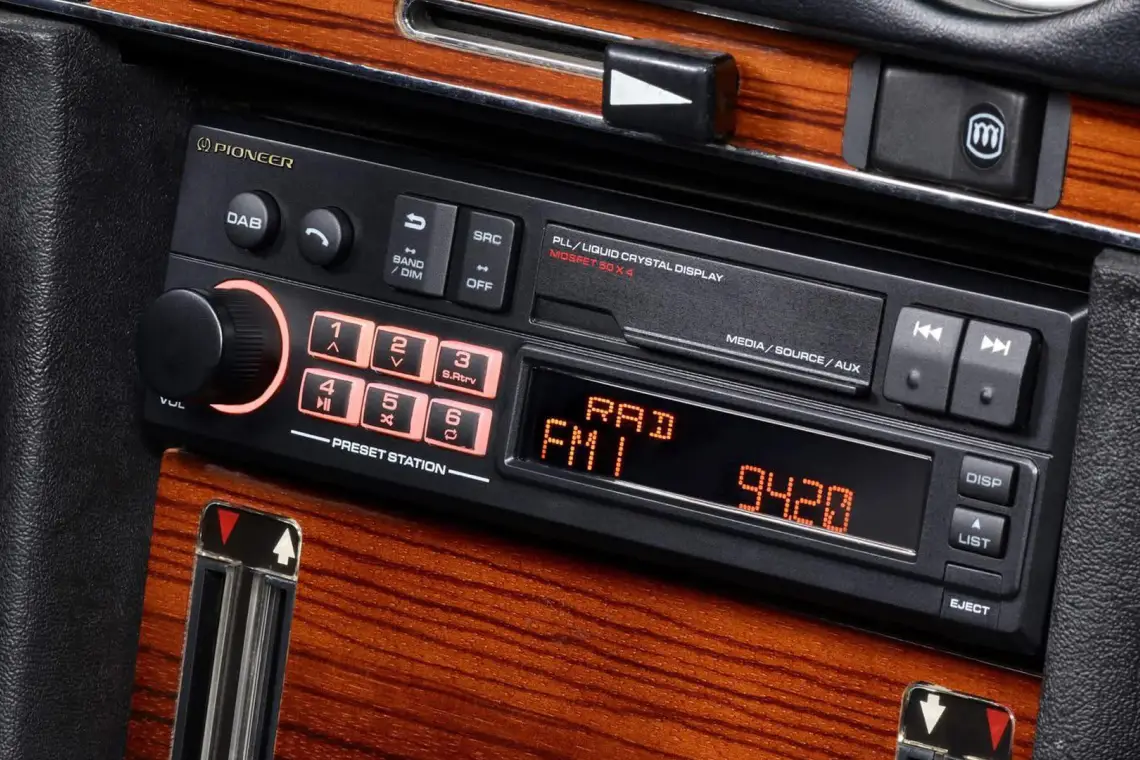
 Sign in with Google
Sign in with Google